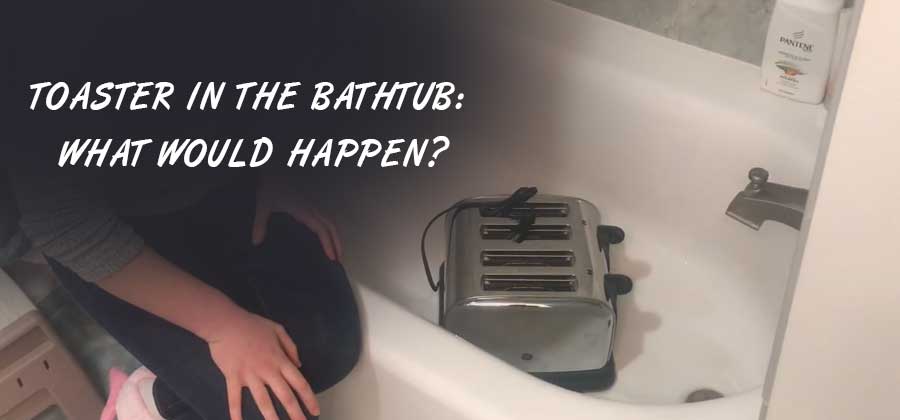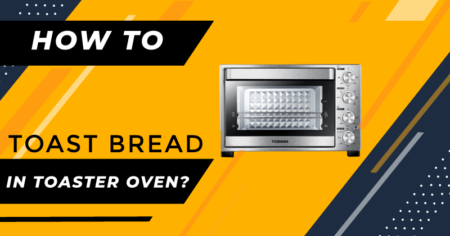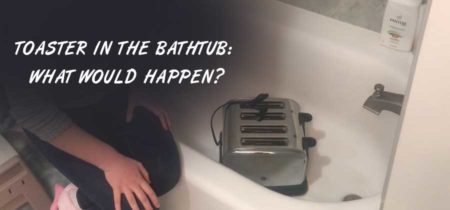As you may have read in the title, this article will explore what would happen if you put a toaster into your bathtub.
I’ll be exploring three different scenarios that could occur in this situation:
1) The toaster is plugged in and turned on,
2) the toaster is unplugged but still turned on,
3) the toaster is just out of reach of the water.
I’ll then go over how each scenario might affect your body. For example, I’ll talk about how using an extension cord for too long can cause electric shocks or fires. This blog post will also cover what happens when the skin comes into contact with electricity from a power source like a socket or outlet – which is another reason you don’t want to stick a toaster in the bathtub!
Scenario 1: The Toaster is Plugged In and Turned On
Let’s begin with what would happen if we stuck a plugged-in toaster into our tub. As soon as this happens, electricity will be running through the cord and into your appliance. Electricity flows from an energy source (a power outlet) through the cord, along with the metal prongs on one end, and finally down into your electrical appliance like a table lamp or toaster (Figure A).
Electricity is composed of moving electrons, and when it comes in contact with living tissue such as skin, these electrons can flow out of their current course and into your body. Current can cause severe health effects in the form of electric shock or electrocution in which the flow of current is large enough to disrupt the function of vital organs in your body, including your heart and lungs.
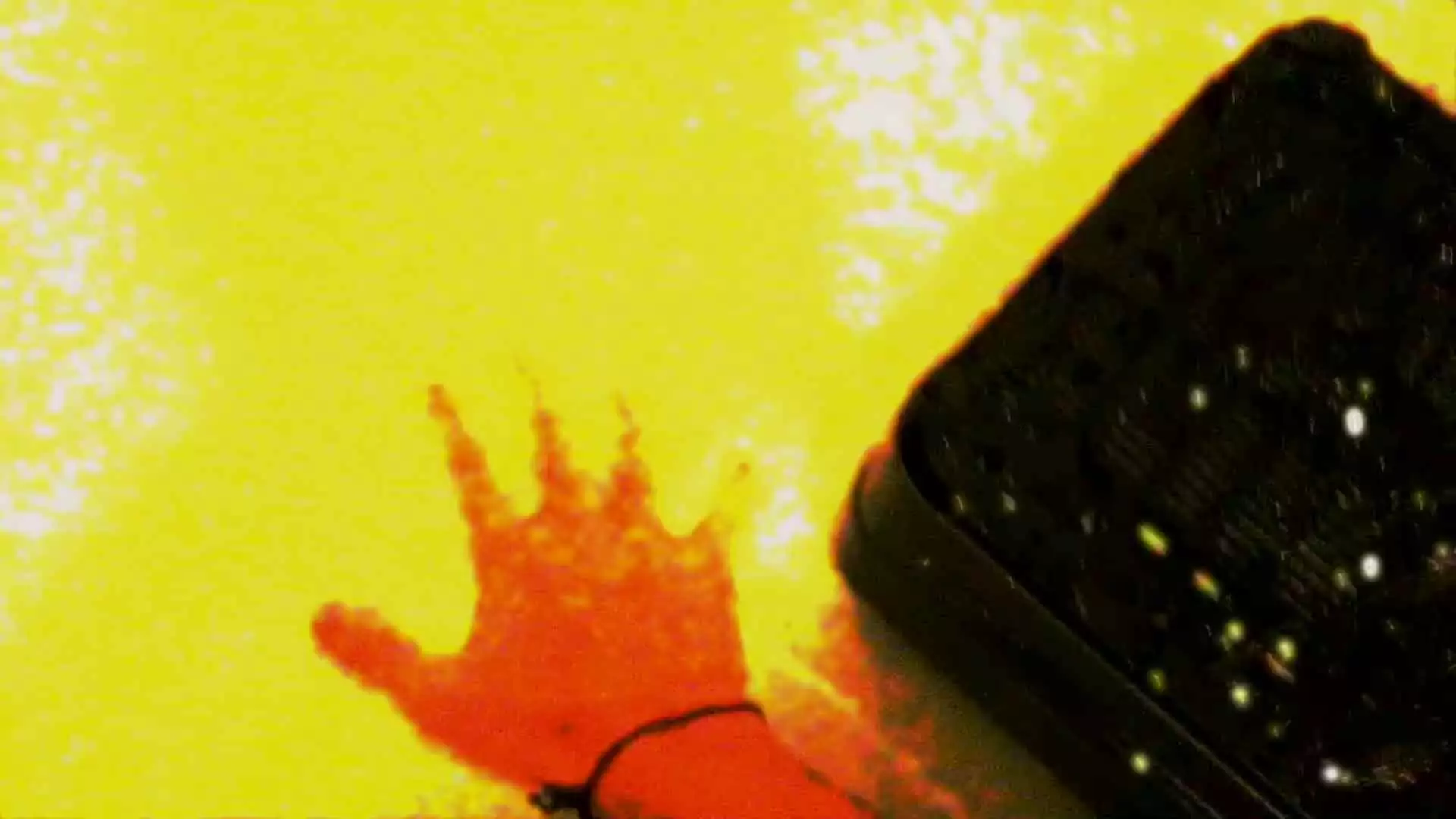
Scenario 2: The Toaster is Unplugged But Still Turned On
What happens if we unplug our toaster but leave it turned on? As long as you keep electricity flowing through your appliance, it will continue to work. Without any interruption to the electrical circuits inside, electricity will be running through the cord (Figure B).
You might notice that this scenario isn’t very different from Scenario 1; however, I’ve included it here because there are clear reasons why you want to unplug your appliances before using them.
Once you unplug an electrical appliance, the circuit inside is broken, and electricity stops flowing through the cord completely (Figure C). This is important because it creates a safety barrier between yourself and its circuits. A safety layer protects you from coming into contact with an electrical current that could be fatal or dangerous to your health if you were to touch it with your hands accidentally.
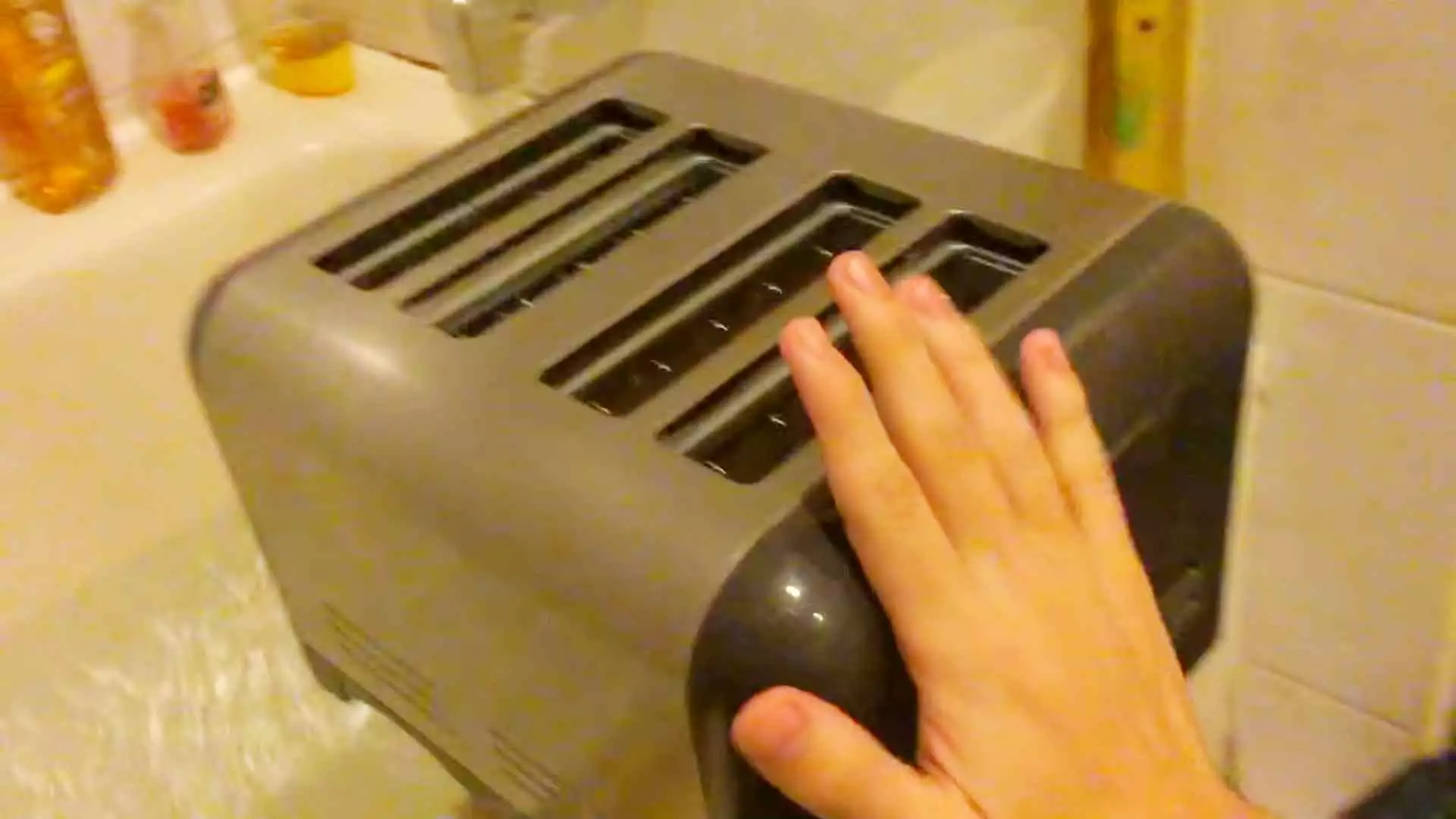
Scenario 3: The Toaster is Just Out of Reach of the Water
This is not something we’d recommend doing; however, let’s explore what would happen if you had just enough access to stick one end of your appliance into the water but then pulled it out quickly. There are several reasons why you wouldn’t want to try this. The first is that it would create an electric circuit between the appliance and water inside your bathtub. Electrons would be flowing through the metal prongs, along the cord, and into the water surrounding them (Figure D).
You’d also start to notice shocks or currents occurring within your body if you were to hold one hand under running water while touching other parts of your body with any part of the exposed appliance. Remember that currently refers to the flow of electricity; therefore, holding one end of a wire in your hand while sticking another end into the water can create an electrical shock or current similar to using jumper cables incorrectly (Figure E).
Frequently Asked Questions
What happens if we drop a plugged-in toaster into our water?
Let’s take a look at what would happen if you were to add any appliance that uses electricity (i.e., anything with an on/off switch and an internal circuit) into your bathtub with running water.
This scenario is similar to Scenario 1, which is why I wanted to include it here. Electricity will be flowing through the cord, along with the metal prongs, and finally down into your electrical appliance (Figure F). As soon as this occurs, you’ll notice shocks or currents occurring within your body, especially when dividing contact between different parts of your body using your hands.
How would you get electrocuted with a toaster in a bathtub?
There are three possible ways of getting electrocuted with a toaster in a bathtub: you could get an electric shock if the prongs of the plug came into contact with your skin, you could be electrocuted due to current travel through the water, and finally, the stream of degraded current on metal parts such as sockets or taps can result in electrocution.
Has anyone ever committed suicide by throwing themselves in a bathtub with a toaster?
I’ve not heard of anyone committing suicide by throwing themselves in a bathtub with a toaster. However, someone could electrocute themselves by touching the prongs of the toaster plug with their hands while water is running through the appliance. It is also possible for someone to electrocute themselves by getting current from metal appliances such as taps or sockets coming into contact with them if they are holding onto other parts of their body during this time.
What would happen if electricity flowed down one wire, up another wire, and back along with the first?
This scenario is similar to Scenario 2, which is why I wanted to include it here. Electricity will be flowing through both wires before it finally returns along the wire connected to the plug (Figure G). You’ll notice that shocks or currents can occur within your body by dividing contact between different parts of your body by using your hands.
Is it possible for current to flow down one wire, up another wire, and back along with the first?
Yes, current can flow through two wires at once without even touching each other. This is commonly referred to as a parallel circuit; however, if these two separate circuits shared electrical energy (i.e., they are connected), this would be known as a series circuit instead (Figure H & I).

